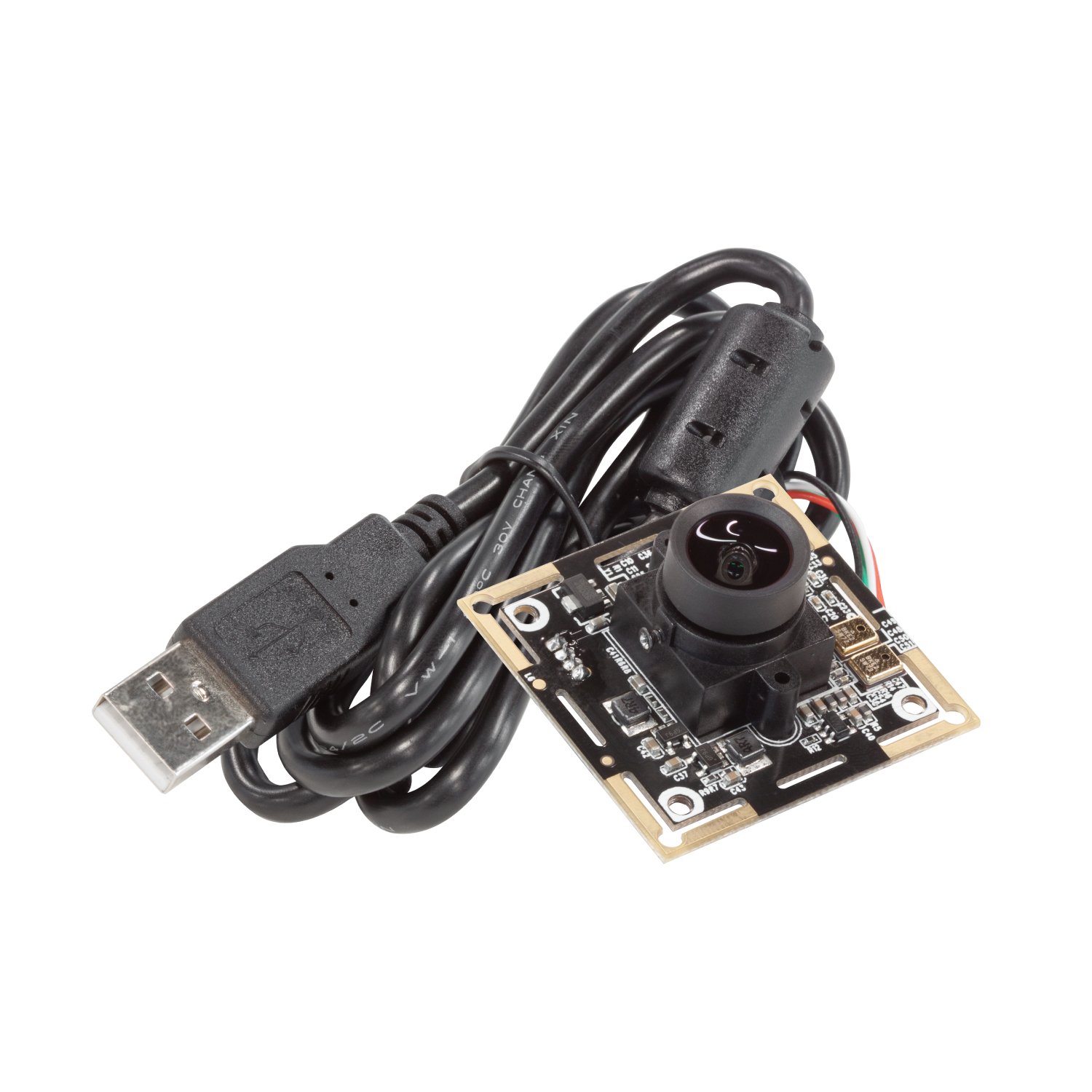

The device has more than enough power and functionality to access virtualized Windows desktops and applications with the help of remoting protocols like Microsoft RDP. While the Raspberry Pi’s architecture prevents it from running a full Windows desktop natively, it can enable it another way. A more recent trend is the use of Raspberry Pi and other thin client-like devices, such as Chromebook, to access Windows desktops and applications. With an average TCO* for PC laptops in the thousands of dollars over a lifetime, businesses are reconsidering their options when it comes to PCs. However, what initially began as an exciting hobby project is now turning out to be a useful business tool. It comes in various configurations (e.g., RAM, ports, and processor power) as both a bare card and finished product from vendors like ClearCube. Connect the power and wait for the green LED to flash quickly.The tremendously popular ARM-based Raspberry Pi computer is a low-cost device that is about the size of a deck of playing cards.Extract it to an empty FAT-formatted SD card and insert it into your Raspberry Pi 4.Now you can remove the recovery SD card, insert your usual SD card, and resume using your Raspberry Pi.Īlternatively, you can download the bootloader and create a recovery SD card manually: Once complete, the green LED will blink rapidly in a steady pattern.Once the SD card is ready, insert it into your Raspberry Pi 4 then connect the Raspberry Pi to power.Insert an SD card, click “CHOOSE SD CARD”, select the card you have inserted, then click “WRITE”.Click “CHOOSE OS” and select “Misc utility images” then “Pi 4 EEPROM boot recovery”.Download Raspberry Pi Imager for your operating system from the list near the top of this page.Find an SD card that is empty, or does not contain any data you want to keep it will be completely erased of all data during this process.Raspberry Pi Imager provides an easy way to fix this problem, by automatically preparing an SD card that will reprogram your Raspberry Pi 4’s EEPROM: If the green LED does not flash, this indicates that the EEPROM has become corrupted. To check, remove the SD card, disconnect the device from power, then reconnect it.

If your Raspberry Pi 4 will not boot, it is possible that the SPI EEPROM has become corrupted.


 0 kommentar(er)
0 kommentar(er)
